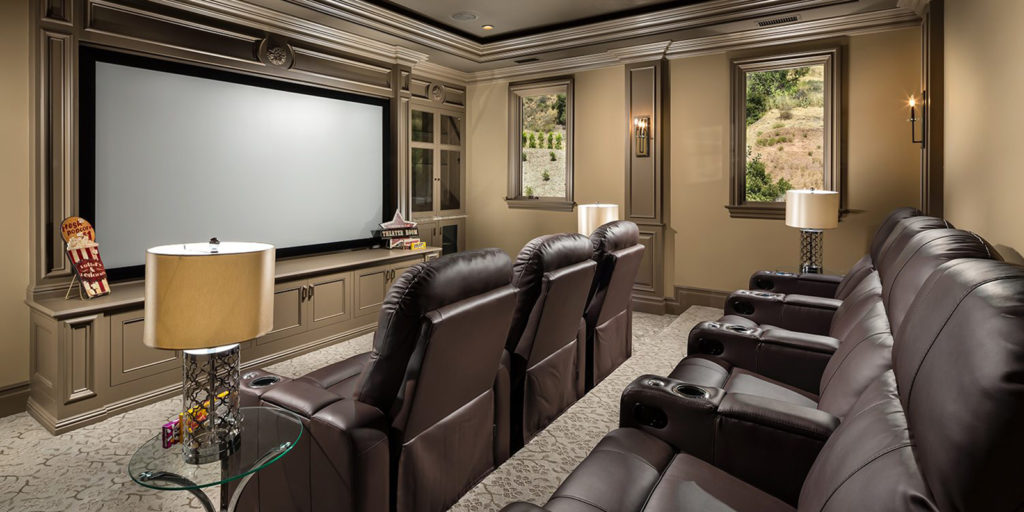
Creating the perfect audio-video setup in your home is an exciting venture, whether you’re building a dedicated home theater or simply upgrading your living room entertainment. To ensure you get the most out of your investment, here are ten essential factors to consider when choosing an audio-video setup for your home.

10 Things to Consider When Choosing an Audio-Video Setup in Your Home
1. Room Size and Layout: Start by assessing the size and layout of the room where you’ll install your audio-video system. The room’s dimensions and shape will impact speaker placement, screen size, and seating arrangement.
2. Budget: Determine your budget early in the planning process. Audio-video setups can range from modest to extravagant, so understanding your financial limits will guide your choices.
3. Audio Quality: Sound quality is crucial. Consider investing in high-quality speakers and a receiver to ensure clear, immersive audio. Pay attention to factors like speaker placement and acoustics within the room.
4. Video Quality: Choose a display that suits your needs, whether it’s a 4K Ultra HD television, a projector, or an OLED screen. Match the screen size to your room dimensions and seating distance for the best viewing experience.
5. Source Devices: Think about the devices you’ll connect to your setup, such as Blu-ray players, gaming consoles, streaming devices, and cable boxes. Ensure your audio-video system has the necessary inputs and compatibility.
6. Smart Integration: Opt for a setup that allows smart integration with your devices. Smart TVs, voice assistants, and home automation systems can enhance convenience and control.
7. Wiring and Connectivity: Plan the wiring and connectivity carefully. Conceal wires to maintain a clean and clutter-free appearance. Consider wireless options for greater flexibility.
8. Acoustic Treatment: Depending on your room’s acoustics, you may need to incorporate acoustic treatments like rugs, curtains, or acoustic panels to improve sound quality and reduce echo.
9. Seating and Viewing Angles: Arrange seating to optimize viewing angles and the listening experience. The ideal viewing and listening positions may differ based on your setup’s specifics.
10. Future-Proofing: Technology evolves rapidly, so consider future-proofing your setup by selecting components with upgradability in mind. This allows you to adapt to emerging technologies without overhauling your entire system.
Bonus: Aesthetic Appeal: While functionality is paramount, don’t forget the aesthetics. Choose furniture, speaker finishes, and decor that complement your room’s style and your personal taste.
In conclusion, selecting the right audio-video setup for your home involves careful planning and consideration of various factors, from room size to budget, and from audio quality to aesthetics. By taking the time to assess your needs and preferences, you can create an entertainment space that offers an immersive and enjoyable experience for years to come. Whether you’re a cinephile, a gamer, or simply seeking a cozy place to unwind, a well-designed audio-video setup can elevate your home entertainment to new heights.
Audio Engineers Interviews
Red Hot Chili Peppers Sound Engineer – Dave Rat 2016 Set up
Antony King – Front of House Engineer for Depeche Mode
Gavin Tempany – FOH Tame Impala, Mark Knopfler, Hans Zimmer, Kylie and Eskimo Joe
Analogue vs Digital, How to ‘Hear’ when Mixing with Andrew Scheps
Matthew Walsh FOH Audio Engineer War on Drugs
Bob Strakele Interview – FOH Audio Engineer Slipknot
Marc Carolan FOH Live Audio Engineer – Muse
Dave McDonald – FOH Engineer For Adele – Interview
How to Develop Your Ears for Sound Engineering and Production
